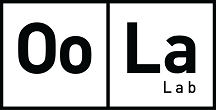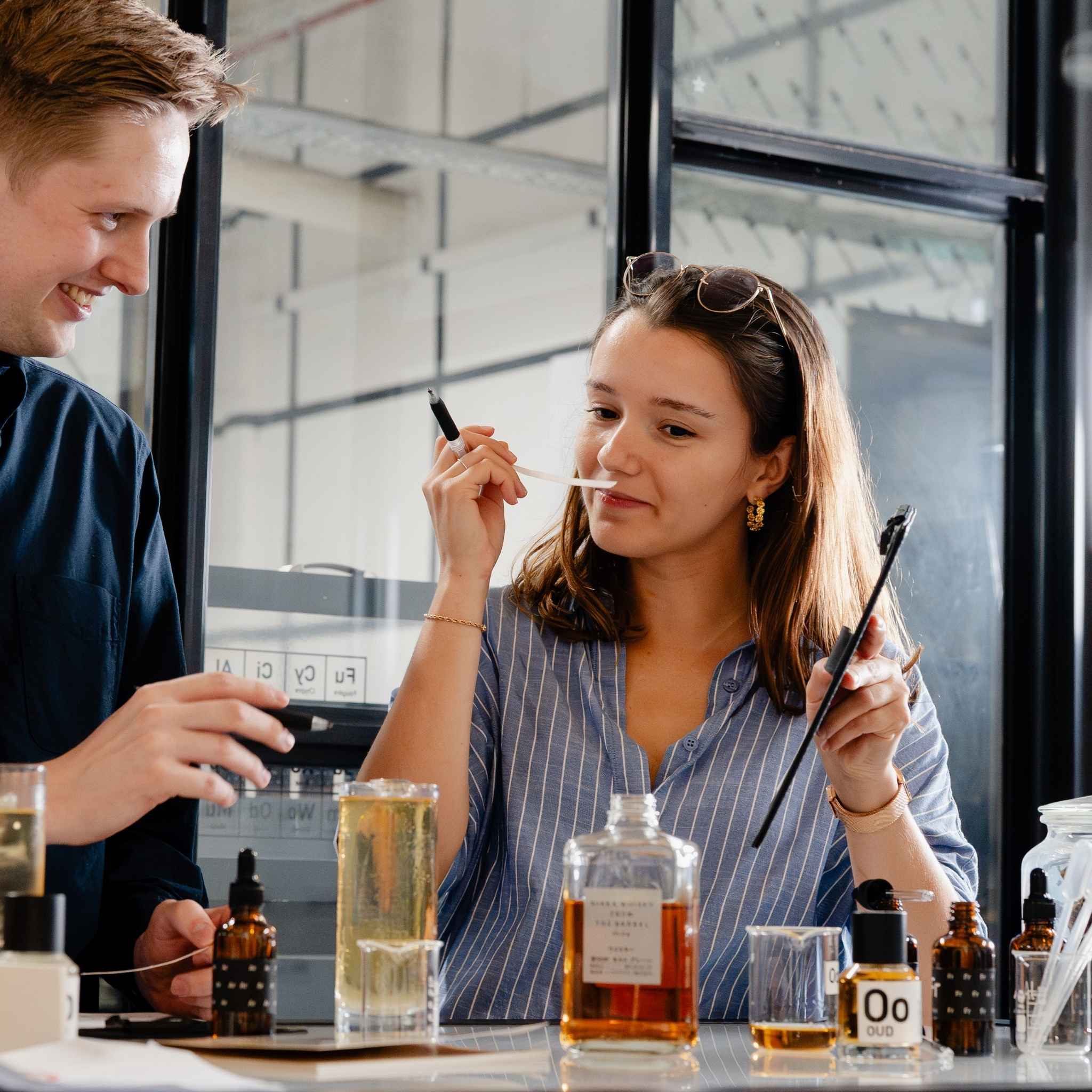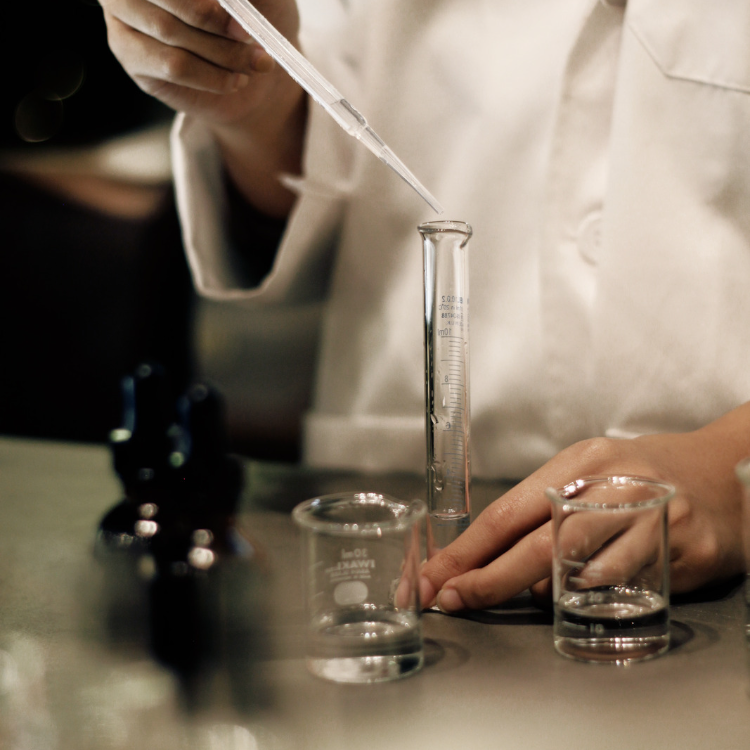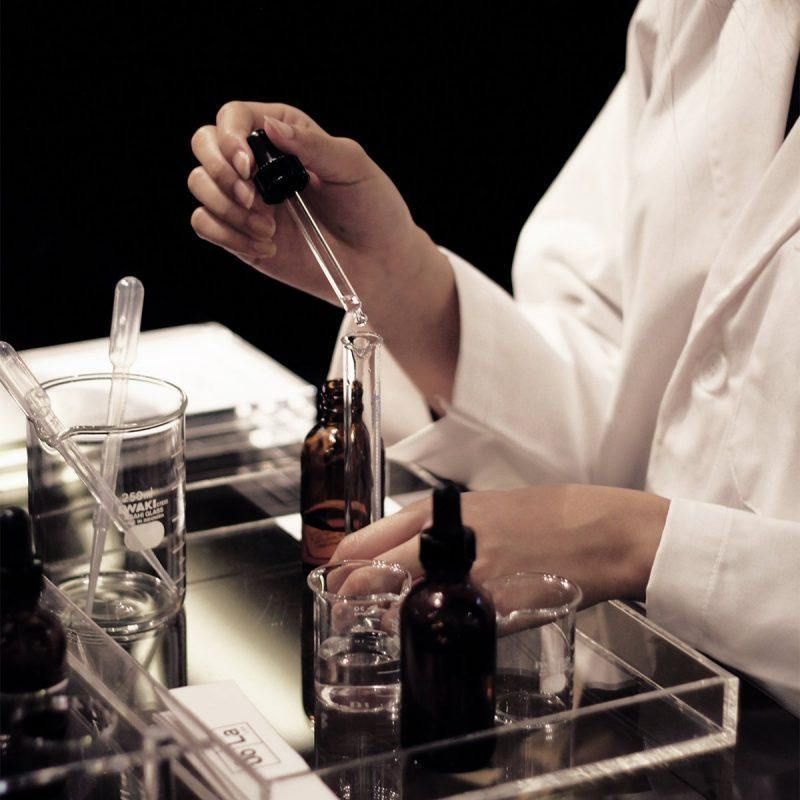Natural Vs synthetic ingredients. The Facts
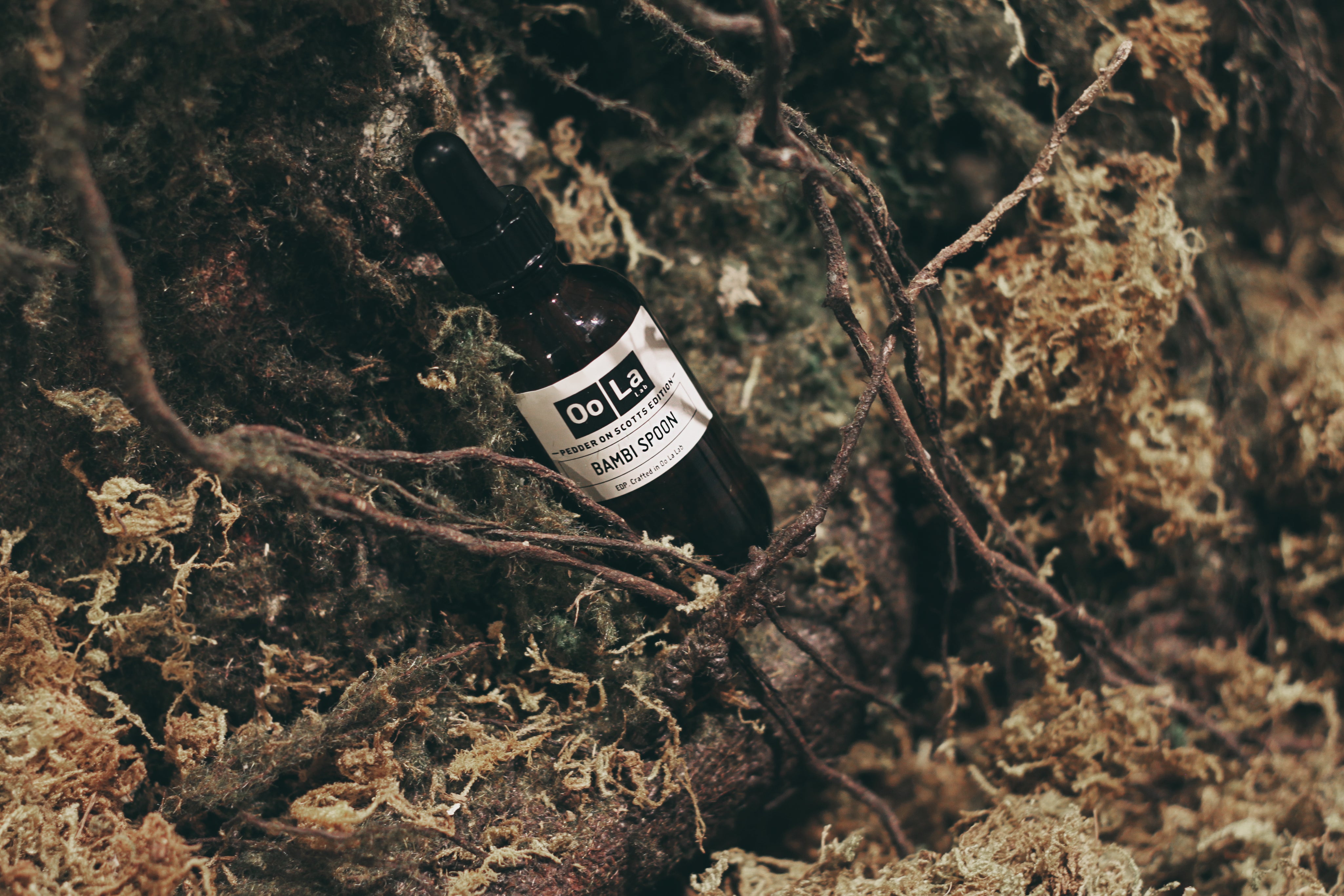
The simple answer would of course be that natural ingredients are far safer, far superior and far more ethical than synthetic ingredients. But then this is not a simple answer. First we should reframe the question based on the quantity and purpose of the material needed.
Did you know that it takes 2,000 pounds of jasmine flowers to produce one pound of oil? Can you imagine the vast agricultural resources needed to sustain this industry?
When comparing an essential oil to its synthesized version, which do you think has a greater chance of causing allergic reaction? Here’s a clue – it’s not the synthetic. Because the natural source contains a much greater depth of reactions it is far more likely to cause such an allergic reaction. Furthermore, the natural source when analysed will be shown to vary from year to year, crop to crop, from harvest to harvest. Thus is the beauty and unpredictability of nature, it is almost never exactly the same, which becomes a minefield for safety officers.
So too would you accept your favourite fragrance if it smelled different from year to year or didn’t last as long on your shelf?
A synthesized version of an aromatic plant or flower follows the same structure every time and is designed to capture this fragrance profile and nothing else.
Modern perfumery only truly came into its own with the advance of technology, the discovery of captives and the engineering of new molecules that do not exist in nature of elsewhere. Thus the perfumers materials palette increased as did their creative ability.
Additionally aromatics of animal origin are no longer used due to the mostly inhumane practices needed to harvest such materials. Poor Bambi, the musk deer. Would you accept the use of synthetic musk to protect him?
It is a well-known dilemma amongst perfumers that engineered molecules can be more representative of their natural targets, which often do not allow for extraction or do not retain the same profile after extraction.
Additionally synthetics may be used, not to replace the aroma of a natural component, but rather to smooth it, or to fix it and make it last longer which is a perennial demand from consumers.
Did you know that the wonderful lily of the value (also known as muguet), those white drooping bell flowers do not actually allow their wonderful bloom to be extracted by any known technique, thus the only option being lab creativity. The molecular structure known as Hydroxycitronellal being the chief representation here.
Lastly let us get to purpose. Is your purpose a facial cream with rejuvenation qualities? Then for sure use pure rose essential oil. But a dish wash or toilet bowl solution, even if the price was not restrictive, would you be willing to waste such a prized and rare natural resource?
The reality of modern perfumery is that most products do contain a combination of naturals and essentials and the outcomes from a hedonic and performance perspective are harmonious.
The purpose of this article is not to advocate for either side of the debate but rather to educate so that we are all more informed to make the best decision for us.
- Tags: Fragrance Education
